Fed Efforts Foiled By Banks as Mortgage Rates Rise!
 Saturday, March 15, 2008 at 12:44PM
Saturday, March 15, 2008 at 12:44PM By Bob Ivry and Sharon L. Lynch / Bloomberg
Ben S. Bernanke can't revive the housing market and the banks are no help.
The U.S. Federal Reserve has cut interest rates five times since September and this week pumped $200 billion into the financial system. Yesterday its New York branch provided funds to help rescue Bear Stearns Cos.
Those initiatives haven't brought down mortgage rates for residential borrowers, whose success in refinancing or buying would help bolster the U.S. economy. The interest rate on a 30- year fixed-rate mortgage has climbed to 6.37 percent from 5.5 percent since Jan. 24, according to the Mortgage Bankers Association, as financial institutions try to cover $195 billion in mortgage-related losses and save capital for future losses.
``The mortgage rate isn't down as much as it should be because the banks are in desperate straits and they need to maintain a larger spread than they normally would,'' said Alan Nevin, chief economist with the California Building Industry Association in Sacramento. ``The banks need to generate income and the easiest way to do that is to broaden the spread. If they pay 3.5 percent and charge 6 percent, that's a lot of money.''
Over the past 10 years, the average spread between 10-year U.S. Treasuries and 30-year fixed-rate mortgages has been 1.75 percent. Last week, it 2.83 percent, pushing mortgage costs up.
Investor Trust
The Fed cut its target for federal funds 13 times from Jan. 3, 2001, to June 25, 2003. Following the moves, mortgage costs fell eight times and rose five times, according to North Palm Beach, Florida-based Bankrate.com.
That has little to do with Fed policy and instead reflects the lack of confidence of investors, who aren't buying securities backed by home loans, said Kenneth Rosen, chairman of Rosen Real Estate Securities LLC, a hedge fund in Berkeley, California, and chairman of the Fisher Center for Real Estate at the University of California, Berkeley.
``No one wants to lend much of anything today,'' Rosen said. ``The secondary market system for many loans has broken down. People don't trust the paper. We have an investor strike going on.''
The Fed this week agreed to make $200 billion available to securities firms by lending Treasuries in exchange for mortgage- backed securities because many private investors have quit buying mortgage-backed bonds. Record home foreclosures sent premiums on Fannie Mae and Freddie Mac-backed securities to the highest in 22 years this month.
Emergency Financing
That may worsen further as JPMorgan Chase & Co. and the New York Fed agreed yesterday to provide emergency financing for 28 days to Bear Stearns. The New York-based securities firm, the second-biggest underwriter of mortgage bonds, said its cash position had ``significantly deteriorated.'' The Dow Jones Industrial Average fell 1.6 percent.
``Banks are trying to increase their reserves to get through this period where we have greater uncertainty, and also uncertainty about future losses,'' said Delores Conway, director of the Casden Real Estate Economics Forecast at the University of Southern California in Los Angeles. ``They are being much more careful.''
Home-loan issuance will drop by 15 percent this year, in part because lenders can't sell mortgages on the secondary market, according to the Washington-based Mortgage Bankers Association.
Rates Are Set
Buyers are less willing to take a risk on purchasing after U.S. home prices fell year-over-year in 2007 for the first time since the Great Depression, according to the National Association of Realtors. This year, they will probably drop 5 percent nationally, according to Freddie Mac, the second-largest provider of U.S. mortgage financing.
``The mortgage rates are set in the securities market more than they are by the banks,'' said Michael Carliner, former chief economist for the National Association of Home Builders.
The yield premium, or spread, on 30-year fixed-rate mortgage securities sold by Fannie Mae over 10-year notes reached 238 basis points on March 6, the widest since 1986. The spread was 207 basis points yesterday, compared with an average of about 112 basis points the past five years.
The spread helps determine the interest rates offered to homeowners on new prime mortgages.
TED spread
The difference between what the U.S. government and companies pay for three-month loans has also climbed in the past month. The so-called TED spread increased to 1.52 percentage points yesterday from 0.78 percentage point on Feb. 14.
The Fed has lowered its benchmark rate five times since September, to 3 percent from 5.25 percent. The median price of an existing home fell 13 percent in January from its peak in July 2006, according to the Chicago-based National Association of Realtors.
``The Fed actions are not going to stop house prices from falling,'' said Morris Davis, a former Fed economist and professor of real estate at the University of Wisconsin- Madison's School of Business. ``In an environment with falling prices and defaults, mortgages are a lot riskier now than three years ago.''
President George W. Bush said today he won't be stampeded into ``bad policy decisions'' to bail out the home-mortgage industry because they might further harm the U.S. economy.
``A root cause of the economic slowdown has been the downturn in the housing market,'' the president said in his weekly radio address. ``I believe the government can take sensible, focused action to help responsible homeowners weather this rough patch.''






















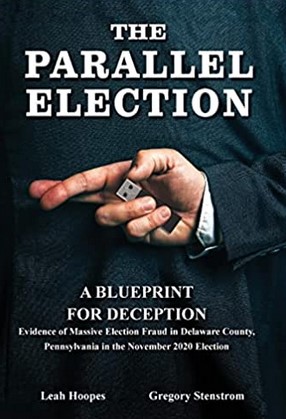



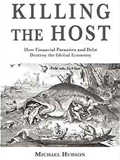




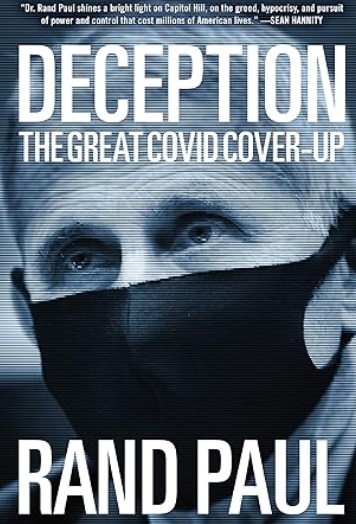


























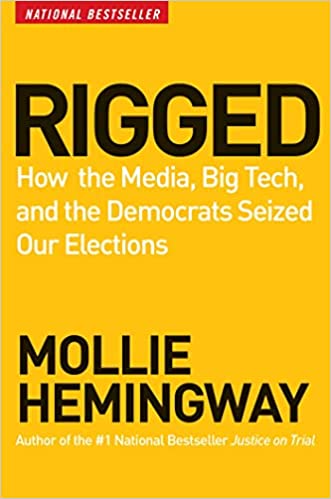










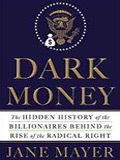

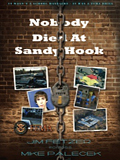








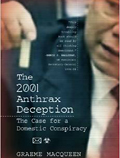






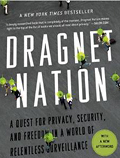




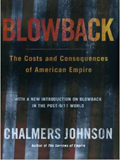




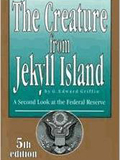




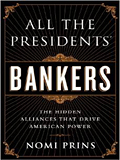


























Reader Comments